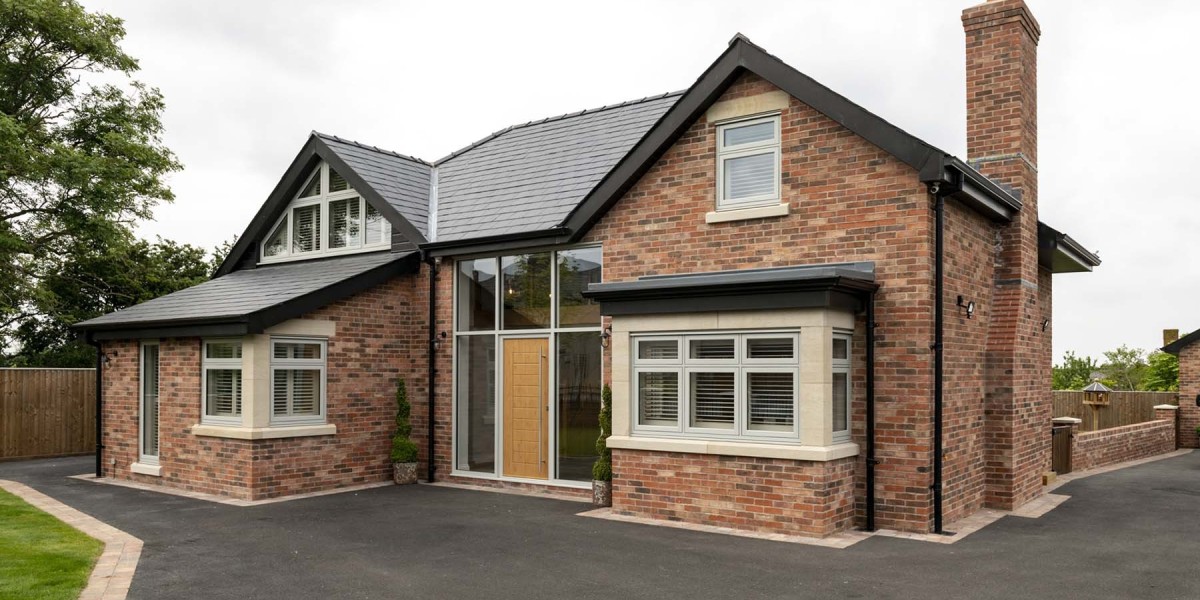The concept of windows has evolved significantly over the centuries, transitioning from simple openings in walls to sophisticated architectural elements that play a crucial role in modern building design. This report explores the evolution of windows, their types, materials, and the impact they have on aesthetics, energy efficiency, and overall building performance.
Historical Evolution of Windows
Windows have been integral to architecture since ancient times. The earliest windows were merely openings in walls, often covered with animal hides or cloth to protect against the elements while allowing light to enter. The Romans advanced window technology by using glass, albeit in small panes and often only for the wealthy.
During the Middle Ages, stained glass windows became popular in churches, serving both aesthetic and symbolic purposes. The Renaissance period saw the introduction of larger windows, often adorned with intricate designs, which allowed for more natural light and ventilation.
The Industrial Revolution marked a significant turning point in window design. The invention of plate glass allowed for larger panes, and the development of steel frames enabled the construction of skyscrapers with expansive window areas. This era also introduced the concept of double glazing, which improved insulation and energy efficiency.
Types of Windows
Modern architecture offers a variety of window types, each serving different functional and aesthetic purposes. Here are some common types of windows found in contemporary buildings:
- Casement Windows: Hinged at the side, casement windows open outward, providing excellent ventilation and unobstructed views. They are often used in modern homes for their ability to capture breezes.
- Sliding Windows: These windows operate by sliding horizontally on tracks. They are ideal for spaces where outward opening is not feasible and are commonly used in contemporary designs for their sleek appearance.
- Awning Windows: Hinged at the top, these windows open outward, allowing for ventilation even during rain. They are often placed above or below other windows for added light and airflow.
- Picture Windows: Fixed windows that do not open, picture windows are designed to provide unobstructed views and maximize natural light. They are commonly used in living rooms and areas where views are a priority.
- Bay and Bow Windows: These windows extend outward from the building, creating a nook inside. They are often used to enhance the aesthetic appeal of a room and can provide additional space.
- Skylights: Installed in the roof, skylights bring natural light into spaces that may not have external walls. They are particularly popular in attics, kitchens, and bathrooms.
Materials Used in Modern Windows
The choice of materials for window frames and glazing significantly impacts their performance, durability, and aesthetics. Common materials include:
- Vinyl: Known for its low maintenance and energy efficiency, vinyl windows are popular in residential construction. They are available in various colors and styles.
- Aluminum: Lightweight and durable, aluminum frames are often used in commercial buildings. They can be finished in various colors and have a sleek, modern appearance.
- Wood: Offering natural beauty and excellent insulation, wood windows are favored in traditional and high-end homes. However, they require more maintenance to prevent rot and warping.
- Fiberglass: This material combines the strength of aluminum with the insulation properties of wood. Fiberglass frames are durable, energy-efficient, and require minimal maintenance.
- Composite: Made from a combination of materials, composite windows offer the benefits of both wood and vinyl. They are designed to resist warping and provide good insulation.
Energy Efficiency and Sustainability
One of the most significant advancements in window technology is the focus on energy efficiency. Modern windows are designed to reduce heat loss in winter and keep interiors cool in summer. Key features that contribute to energy efficiency include:
- Double and Triple Glazing: Multiple panes of glass create insulating air spaces that reduce heat transfer. Triple glazing offers even better insulation but can be more expensive.
- Low-E Coatings: Low-emissivity coatings reflect heat while allowing natural light to enter. These coatings help maintain a comfortable indoor temperature and reduce energy costs.
- Gas Fills: Inert gases like argon and krypton are often used between panes to improve insulation. These gases are non-toxic and enhance the thermal performance of windows.
- Energy Star Ratings: Windows that meet specific energy efficiency criteria are labeled with Energy Star ratings, helping consumers make informed choices.
Aesthetic Impact of Windows
Windows are not just functional; they also play a crucial role in the aesthetics of a building. The design, size, and placement of windows can dramatically influence the overall look and feel of a structure. Architects often use windows to create focal points, enhance symmetry, and establish a connection between indoor and outdoor spaces.
Large windows can make a space feel more open and inviting, while strategically placed smaller windows can create a sense of intimacy. The use of various window styles can also reflect the architectural style of a building, whether it be modern, traditional, or eclectic.
Conclusion
The evolution of windows from simple openings to complex architectural elements reflects broader changes in technology, design philosophy, and environmental awareness. Modern windows are not only crucial for providing light and ventilation but also play a significant role in energy efficiency and sustainability. As architects and builders continue to innovate, the future of window design promises to further enhance the aesthetic and functional qualities of our built environment. Understanding the various types of windows, materials, and their impact on energy efficiency is essential for anyone involved in the design and construction of modern buildings. With ongoing advancements in technology and a growing emphasis on sustainability, windows will continue to be a vital component of architectural design, shaping the way we experience and interact with our surroundings.









